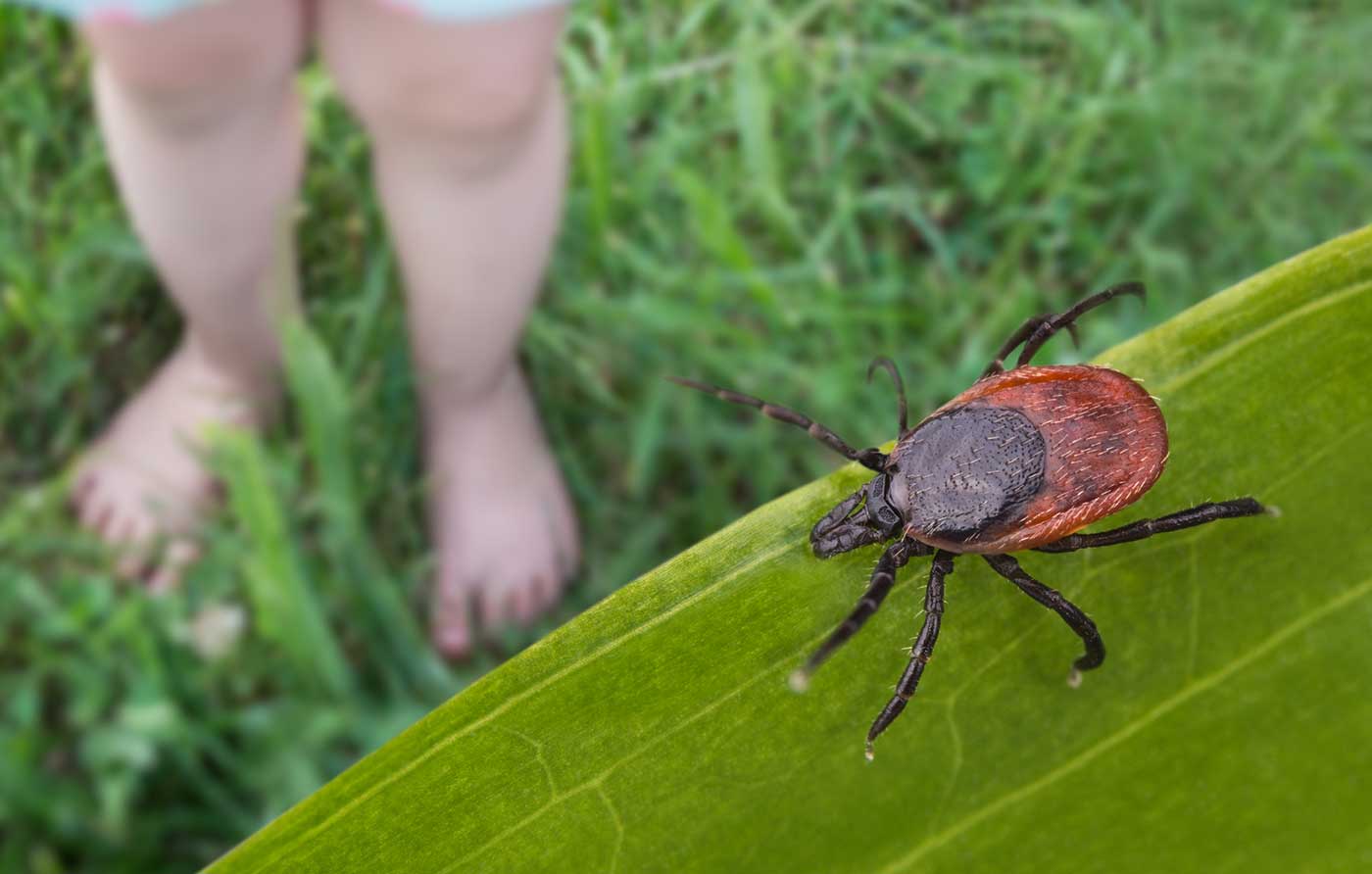Tick-borne illnesses represent a major public health issue, with approximately 500,000 individuals diagnosed and treated for them each year, as reported by the Centers for Disease Control and Prevention (CDC). These diseases pose a significant risk, particularly during peak tick season from May to October. Understanding the symptoms of tick-borne illnesses, knowing when to seek medical attention, and taking preventive measures are essential to safeguard your health. Keep reading to find out more.
Types of Tick-Borne Illnesses
Ticks can carry various bacteria, viruses, and parasites, leading to different types of illnesses. In fact, the US Department of Health and Human Services reports that there are over 20 different infections transmitted by ticks annually. Here are some common and not-so-common tick-borne diseases:
- Lyme Disease: According to a report by Mount Sinai, Lyme disease is the most common tick borne disease in the US. Caused by the bacterium Borrelia burgdorferi, this tick-borne illness is prevalent in North America, Europe, and parts of Asia. Early symptoms may include a characteristic bull’s-eye rash, fever, fatigue, and muscle aches. If left untreated, it can lead to more severe complications affecting the joints, heart, and nervous system.
- Rocky Mountain Spotted Fever (RMSF): This potentially fatal disease is caused by the bacterium Rickettsia rickettsii and is transmitted primarily by the American dog tick, Rocky Mountain wood tick, and brown dog tick. Common symptoms include fever, headache, rash, and muscle aches, which can progress rapidly if not treated promptly. Read more about RMSF symptoms and treatment from the Cleveland Clinic.
- Ehrlichiosis and Anaplasmosis: Ehrlichia and Anaplasma are related bacteria that infect human white blood cells per the Maryland Department of Health. Symptoms appear 1-2 weeks after a tick bite and may include fever, headache, malaise, and muscle aches. Severe cases can lead to complications such as organ failure and even death if left untreated.
- Powassan Virus: This rare but potentially severe virus can cause fever, headache, vomiting, weakness, confusion, seizures, and other neurological symptoms. It’s transmitted by the black-legged tick (also known as the deer tick) and the groundhog tick. The Yale Medicine web site details that while no cure is available, physicians can treat symptoms of this tick-borne disease.
- Babesiosis: Caused by microscopic parasites of the genus Babesia, babesiosis can cause flu-like symptoms, including fever, chills, sweats, fatigue, and anemia. Severe cases may occur in immunocompromised individuals per Johns Hopkins Bloomberg School of Public Health.
Check out this list from the CDC to learn more about these and other tick borne diseases.
What to Do if You Find an Attached Tick
If you find a tick attached to you or another person, it’s crucial to remove it right away to reduce the risk of infection. Follow these steps from WebMD to remove ticks safely:
- Clean the Area: Clean the bite site and your hands with rubbing alcohol, iodine, or soap and water.
- Use Fine-Tipped Tweezers: Grasp the tick as close to the skin’s surface as possible, ensuring you have a firm grip.
- Pull Slowly and Steadily: Gently pull the tick upward without twisting or jerking to avoid leaving the mouthparts embedded in the skin.
- Clean the Area Again: Same as above.
- Dispose of the Tick: It’s recommended to seal the tick in a container with a blade of grass to keep it alive for testing. If this is not possible, dispose of the tick by flushing it down the toilet or placing it in alcohol.
- Monitor for Symptoms: Keep an eye on the bite site for any signs of infection or allergic reaction over the next few weeks.
Signs of Tick Bites and When to Seek Medical Care
Whether or not you find a tick on your body, it’s essential to recognize the signs of a tick bite and seek medical attention if necessary. As outlined above, watch out for:
- Redness and Swelling: The bite site may become red, swollen, and itchy.
- Bull’s-Eye Rash: A distinctive circular rash, known as erythema migrans, may develop in the case of Lyme disease.
- Flu-Like Symptoms: Fever, headache, fatigue, muscle aches, and joint pain are common early signs of many tick-borne illnesses.
- Neurological Symptoms: Confusion, weakness, numbness, or difficulty speaking may indicate a more severe infection.
If you experience any of these symptoms after a known tick bite or if you live in or have recently visited an area known for tick-borne diseases, seek medical care promptly. If you have a severe headache, breathing issues, paralysis or heart palpitations, call 911 immediately.
How to Prevent Tick Bites
You can minimize your risk of tick bites by taking preventative measures. Here are some helpful tips for avoiding tick bites from the CDC:
- Avoid high grass and walk in the middle of trails when hiking or walking in wooded areas.
- Wear insect repellent containing DEET.
- Treat clothing with products containing permethrin.
- Wear long pants and sleeves in tick-prone areas, and tuck your pants into your socks and shirt for added protection.
- Shower within 2 hours of returning indoors to remove any ticks that may have attached to your skin.
- Perform daily tick checks on yourself, children, and pets when spending time in areas where ticks are common.
Recap
Whether you’re gardening, hiking, or enjoying a picnic with family and friends, it’s important to stay vigilant against tick bites. Learning to recognize the symptoms of tick-borne diseases and knowing when to seek medical attention is key – along with taking preventative steps to avoid tick bites altogether. Taking precautions against ticks and staying aware of risks are the best ways to safeguard your health and enjoy the Great Outdoors. Be safe and have fun!






Responses